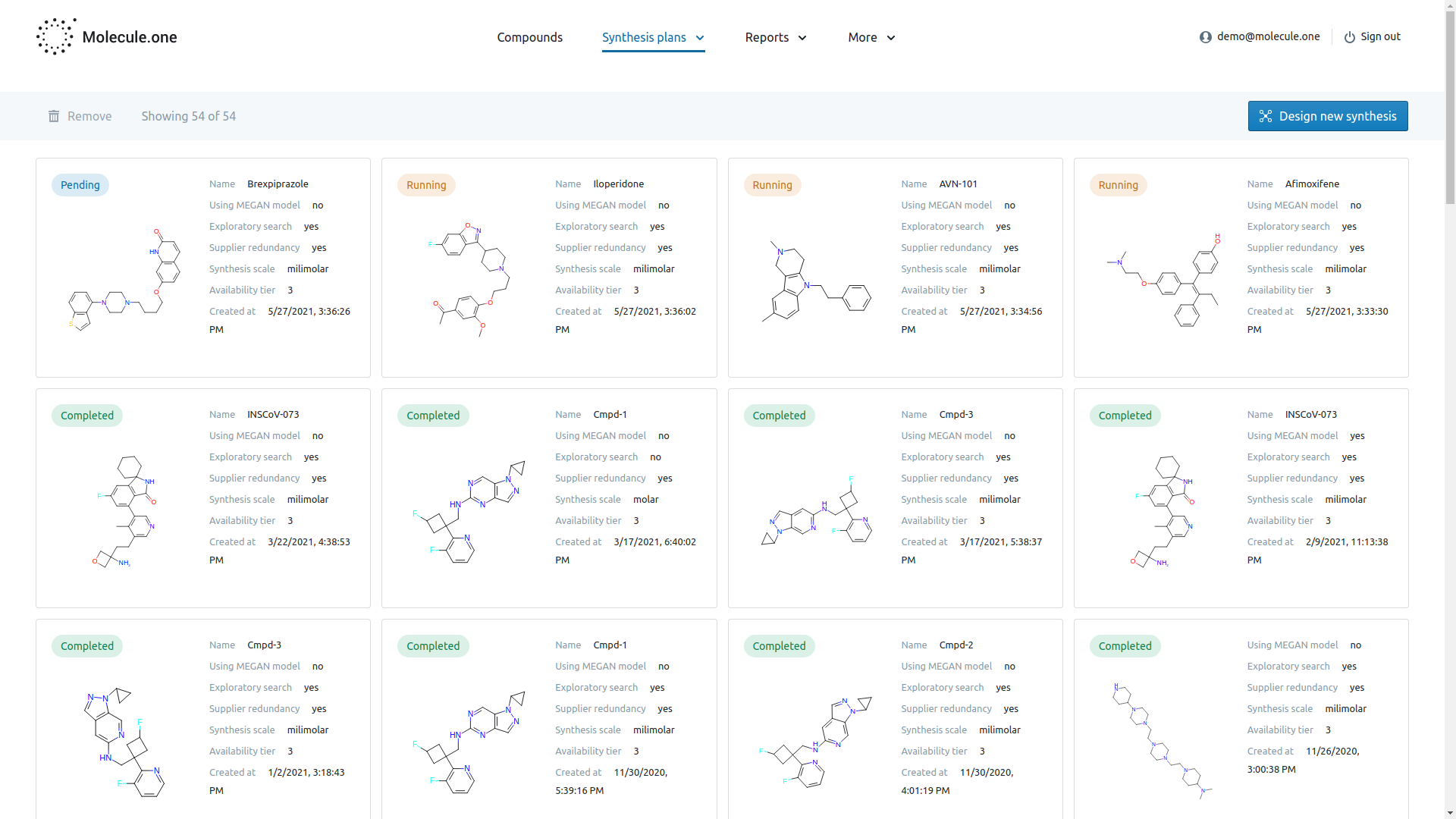- June 1, 2021
- by:
- in: Blog
Work looks wildly different today than it did a year ago. In tech, every bit of the workplace has been tweaked to fit our new remote world. From scaling accountability and onboarding remotely to figuring out what old perks can be made socially distant — myriad decisions have been made at the hands of the
Work looks wildly different today than it did a year ago. In tech, every bit of the workplace has been tweaked to fit our new remote world. From scaling accountability and onboarding remotely to figuring out what old perks can be made socially distant — myriad decisions have been made at the hands of the employers.
An early-stage startup thinks it’s time to give some of that decision-making power back to employees, too. So Unit, a New York-based company, is tackling perhaps the most elusive and controversial topic in mainstream tech today: labor unions.
Numerous studies show that union members earn significantly higher wages and get better benefits than non-union workers. At the same time, many companies are anti-union because it impacts the bottom line, or puts more autonomy into their workers’ hands and limits control.
Unit wants to make it easier for employees to virtually organize, and manage, labor unions to protect them from their employers. Unit itself is not a labor union, but instead helps worker-organizers set up, affiliate and manage a union with a mix of software and human resources.
Janitorial entrepreneurship
Unit founder and CEO James White watched Occupy Wall Street unfold in real time while he was a graduate student. He helped out a cohort of janitorial workers from MIT and Harvard that were organizing with the SEIU, or Service Employees International Union, a union of about 2 million people across the services industry.
“By day I would be working in the bio-instrumentation lab at MIT on medical injection devices, and by nights and weekends we were organizing students to support these janitors in their bid for better pay and working conditions,” he said. “[Volunteer organizing] felt very manual and inefficient, but they won some things. It took a couple of years, but they won.”
White spent most of the next decade picking the day job, and worked on a company in the medical device space. But after getting business and sales chops, he left to start his own business. He kept thinking about labor unions.
“Tech-enabled organizing kept coming back to the forefront [of my ideas], and being both the most exciting to me personally, but also I think the most impactful in the ways I wanted to see the world change in terms of income inequality and individual empowerment,” he said.
A turnkey solution for unions
Unit offers a suite of services to fix the process of unionizing, which starts with education. The startup has a step-by-step process of how to virtually unionize a workplace that it offers for free public use on its website.
After a worker-organizer decides that they want to unionize, Unit helps them begin the process. Employees can come to the website, run through an eligibility survey, and begin to start inviting fellow co-workers to the organizing platform. Interested employees will fill out paperwork and a small cohort will begin to form within an organization.
In the background, Unit begins handling the legal automation process needed before a team approaches a national union, such as the national Labor Relations Board, or local union with their pitch. The startup works with a Boston law firm that files the petitions on behalf of employees.
“So far, the biggest feedback we’ve gotten from our organizing application is that ‘I chose you guys over calling a labor organizer at a national union or over contacting volunteers to come and help us because it seemed like the fastest way to get started’,” White said.
After (and if) a union is approved, Unit takes on the role of a labor advisory service. The startup uses a combination of digital and human services to create a “turnkey solution” for union management.
The startup will help conduct voting and polling, provide consensus tools and oversee the charter draft and review process, otherwise known as the governance of a union, on behalf of workers. It will also help with negotiation, such as bargaining surveys, contract drafting and review, compensation and strategic analysis. Beyond that, Unit focuses on ongoing organizing such as new member education and strike planning, as well as contract maintenance. Another company in the space, UnionWare, helps with membership management, while Unit is aiming for the full suite.
“We plan to try to take the time commitment down by quite a bit by automating a bunch of it,” he said. “So that people can vote over software, they can get updates over software, nominate new officers or run for office within these small unions over software.” A Shopify for union organizers, of sorts.
Similar to how an employee only pays fees once a union is approved, Unit only charges a fee after the formation process is complete. The typical cost of national union dues is 1.5% of wages, the company said, meaning that an employee who makes $40,000 a year would pay about $50 a month. Unit charges 0.8% of those monthly earnings.
The “no strings attached” business model means that Unit could lose 90% of their customers once the union is approved, White said. The startup is in the process of forging partnerships with large national unions so that it gets paid whenever a Unit-approved union that comes through one of its networks gets affiliated — with the pitch that it saves unions time and resources through its software.
Customers include software developers, digital media companies, fast food franchises and mental health companies, with a specific focus on helping smaller companies unionize.
‘It’s not a technical problem we have to solve’
Arianna Jimenez, who was a labor organizer for 20 years at SEIU, expressed caution around oversimplifying the unionizing process, which she thinks could give a false sense of hope to workers. In her experience, the negotiation process is the most contentious part of unionizing, taking anywhere from six months to 10 years.
“Once you have signed the cards and you are technically a union in the eyes of the law, that doesn’t in and of itself bring a change in the material conditions of the workers’ lives,” she said. “What brings the change is that the workers are engaging in a legal process that is protected by law with the employer officially to change the contract — such as increased benefits, healthcare and pension.”
While Unit and labor organizers across the country help with the negotiation process, employer-led oppression and fear tactics can often force employees to worry about their livelihoods, and thus vote against forming a union. For example, earlier this year Amazon conducted an anti-union campaign to pressure employees to vote against organizing efforts. The corporation defeated the union attempts, a setback for the biggest unionization push in Amazon’s 27-year history.
Jimenez doesn’t think that unionizing could ever have a fully turnkey solution because “the transformation fundamentally for workers between having a union and not having a union is not a legal threshold. It is really a more intangible transformation from a group of people who feel disempowered and disenfranchised to not.”
Jimenez says hitting scale for Unit would mean rewriting U.S. labor laws.
“It’s not a technical problem we have to solve, it’s a problem of values,” she said.
When venture is the elephant in the room
To scale, Unit will have to lean on VC, per White. In July 2020, Unit closed $1.4 million in financing, from investors such as Bloomberg Beta, Draper Associates, Schlaf Angel Fund, Haystack, E14 and Gutter Capital.
And this is where the heart of the tension with Unit is, per White: It needs to raise venture capital to hit scale, but getting in bed with that very asset class can feel counterintuitive.
For example, what if Unit helps employees within portfolio companies of existing investors start unions? Is there a conflict of interest, or can Unit be swayed to not prioritize those clients in order to keep its cap table happy?
Last year, California voters passed Proposition 22, essentially supporting Uber, Lyft, DoorDash, Instacart and Postmates that gig workers should not be entitled to the same labor right as employees, staying as independent contractors. The move was a blow to the efforts of worker-organizers around the world, and a reminder that venture-backed companies can be incentivized to act against broader access to benefits and worker protections.
While White says that venture was the best option for speed and scale, he did admit to worrying about some of these concerns, specifically about the influence that investors might try to have in later rounds if the founding team is unable to keep the majority of the company. He hopes that Unit can operate off of little venture capital for as long as possible to delay or altogether avoid those interests.
Siri Srinivas, an investor at Draper, thinks of Unit as a service that is building a better tool for a process that is regulated and complex. In other words, stripping out the politics, it’s a SaaS tool that makes sense.
“Frankly as VCs, we invest in technologies that people want. We as a team make a hard call on not engaging with certain products (e.g. tobacco) which we think are net negative for the world but don’t see this as much different from investing in other companies building software products in regulated industries,” she said. “Unit allows for a form of worker equity and can unlock a lot of value for its users and in that our incentives are completely aligned.”
For now, White is hoping that general interest in rebuilding workplaces keeps Unit busy and revenue-generating.
“We never could have predicted COVID having the impact that it did and really igniting even more conversations around labor and safety,” he said. “I do think, when we face these problems on a national level, sometimes they hit everybody at once and people think about the same things at the same time.”








